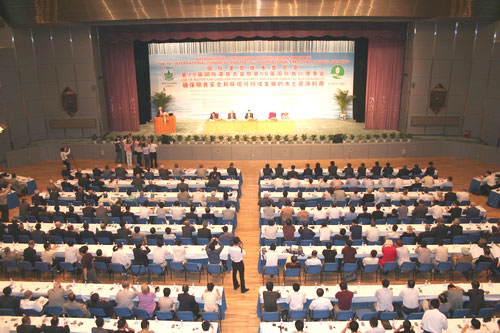
Lift irrigation is a method of irrigation in which water instead of being transported by natural flow (as in gravity-fed canal systems) requires external energy through animal, fuel based or electric power using pumps or other mechanical means. Treadle pumps, although an ancient method of lifting water for small heads have recently been modernized and used in a big way
Lift irrigation schemes must accomplish two main tasks: first, to carry water by means of pumps from the water source to the main delivery chamber, which is situated at the top most point in the command area. Second, they must distribute this water to the field of the beneficiary farmers by means of a suitable and proper distribution system. The source is mainly groundwater, river streams, contour canals, ponds and lakes.
For a viable lift irrigation scheme, the requirements are constant water source should for the whole irrigation season at the site and the feasibilityto lift water to the desired location.Different capacity pumps are required depending upon the duty point head, and discharge. Therising main may be of steel, concrete or any other suitable material.Lift irrigation schemesare useful where the target land is at higher level.
The advantage of lift irrigation is the minimal land acquisition problem and lowwater losses.The lift irrigation scheme are instrumental in stabilizing agriculture production particularly in the years of droughts and increase food production as water is available whenever it is requiredand thereby increase in income level.
Lift irrigation schemes are either individually owned or owned by a group of farmers in a cooperative mode. For successful functioning the lift irrigation schemes require appropriate technique, planning, designing and execution through knowledgeable technical person. Participation of beneficiaries is quite necessary. Unplanned development of lift irrigation systems have the potential to have its adverse impact on the groundwater levels, as has been the case in many south Asian countries in the recent years. Continuous drop in groundwater table is making the cost of running and maintenance of lift irrigation schemes more costly.Cooperative lift irrigation schemes have the potential to beparticipatory in development and management. Multistage submerged pump is at the heart of any irrigation system.
Related items you may like


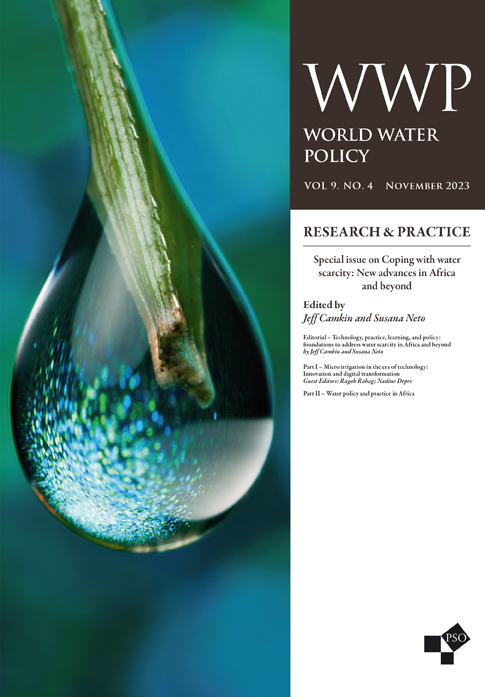
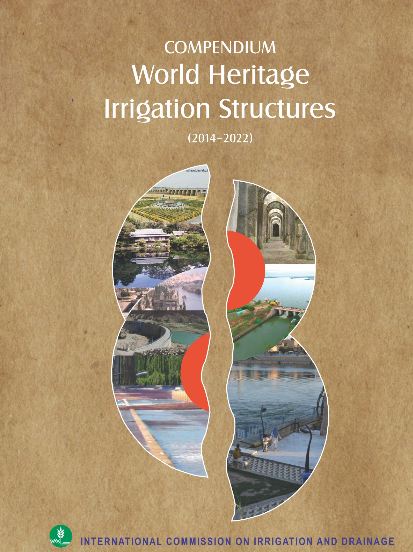







































































































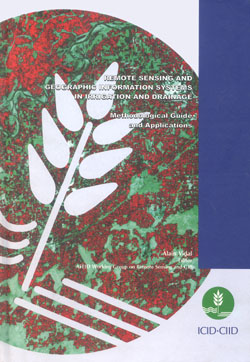



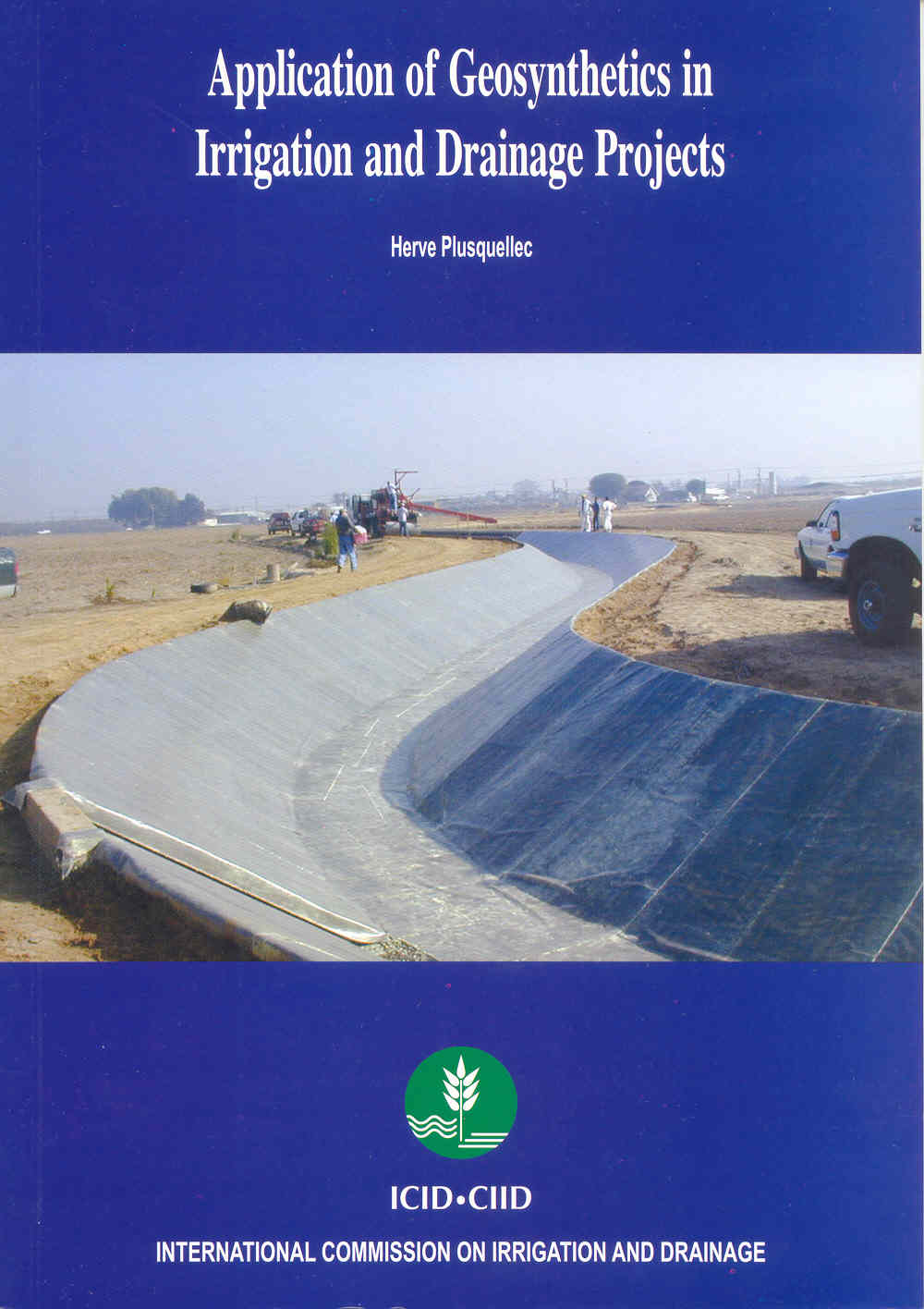

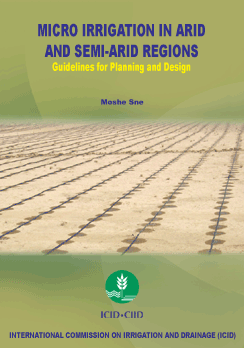
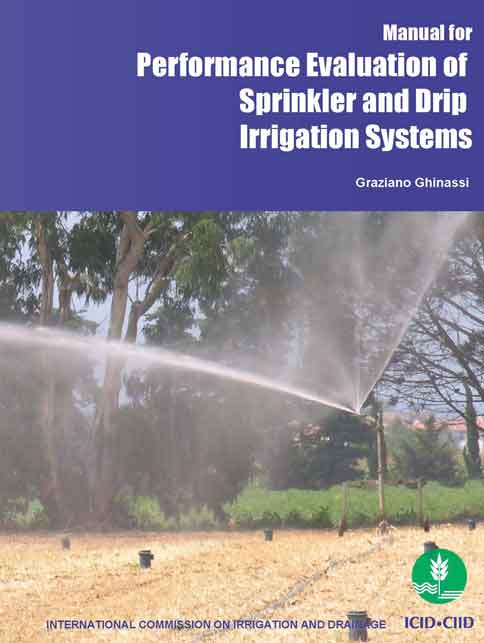



Irrigation
Sources of Irrigation
Irrigation History +
Sources of Irrigation +
IMPROVING SOIL MOISTURE +
Ponds +
Tanks +
Diversion Weirs +
Dams and Reservoirs +
Groundwater +
Conjunctive Water Use +
Wastewater +
Poor Quality Water +
Application of Irrigation water
Canal Irrigation +
Flood Irrigation +
Deficit Irrigation +
Supplemental Irrigation +
Sprinkler Irrigation +
Drip Irrigation +
Lift Irrigation +
Centre Pivot Irrigation +
Tidal Irrigation +
Micro-Irrigation Technologies for Small Holders +
Automatic Irrigation Systems +
Pressurized Irrigation +
Irrigation in Viticulture +
Purpose of Irrigation
Instruments and implements of Irrigation
Pumps +
Centrifugal Pumps +
Submersible Pumps +
Turbine and Jet Pumps +
Conveying Pipes +
Sprinklers +
Drippers +
Canal Automation Systems +
Irrigation Management
Economics of Irrigation System +
I&D System Types +
I&D Investment Functions +
I&D Management Issues +
Participatory I&D Management +
Equity in Irrigation +
Irrigation Services +
Irrigation and environment
Pollution and Irrigation +
Irrigation and Climate Resilience +
Environmental Aspects of Irrigation +
Environmental Impacts of Irrigation +
Green Lawn Irrigation +
Safe Use of Waste Water in Irrigation +
Organic Agriculture +
Soil Health +
Soil Health Management +
Quality of Irrigation Water +
Capacity Development
Drainage
Drainage Types and Systems
Agricultural Drainage +
Field Drainage systems +
Canal Irrigation and Drainage +
Surface Drainage Systems +
Subsurface Drainage +
Mole Drainage +
Bio-Drainage +
Regional Bio-Drainage +
Drainage Issues
- Capillary rise, or Capillary lift
- Operating gear, or Lifting gear
- Uplift
- Method of independent variables, or Khosla`s method of determination of uplift pressures and exit gradients
- Horizontal joint, or Construction lift
- Lift
- Counterweight lifting
- Vertical lift gate
- Lift
- High lift lock
- Lift
- Lock lift, or Lock rise
- Ship lift
- Lift outlet
- Irrigation pipe aqueduct, Pipe aqueduct, Pipe flume
- Syphon, Inverted siphon, Irrigation syphon, Canal syphon, Syphon superpassage
- Lift bridge, Vertical lift bridge, Bascule bridge, Swing bridge
- Hinged lift bridge
- Rolling lift bridge
- Gross lift area
- Lift irrigation area, or Lift area
- Continuous-flow irrigation
- Night-storage irrigation system
- Intermittent-flow irrigation system
- Irrigation return flow
- Farm irrigation structures
- Lift
- Gas-lift flowing well
- Area of gas-lift flow
- Counterpoise lift, Shaduf, Shadoof, Shadouf, Denkli, Dhenkali, Lat, Khetara, Kerkaz, Kheeraz, or Guenina
- See-saw water lift, Picotah, Picottah, Piccota, or Pikota
- Rope-and-bucket lift, Churus, Charsa, Mot, Mote, Mohte, Pur, Daly, Delu
- Two-bucket lift, or Circular mohte
- Air-lift pump, or Air lift
- Lift pump
- Collective irrigation system
- Individual irrigation system
- Perennial irrigation
- Seasonal irrigation
- Supplemental irrigation
- Systematic irrigation
- Flow irrigation, or Gravity irrigation
- Pumping irrigation
- Inundation irrigation
- Irrigation from a storage reservoir
- Irrigation from groundwater
- Irrigation by flood water spreading
- Sailab irrigation (a term used in India and Pakistan)
- Micro basin irrigation
- Irrigation by spreading
- Irrigation
- Irrigation interval
- Irrigation dose
- Ideal irrigation interval
- Irrigation season
- Fall irrigation (USA)
- Winter irrigation (USA)
- Early irrigation (USA)
- Sub-irrigation
- Overirrigation
- Irrigation canals
- Surface irrigation
- Flood irrigation
- Basin method of irrigation, or Irrigation by beds
- Flush irrigation
- Spate irrigation
- Border irrigation, or Border method
- Flooding from ditches, or (contour ditch irrigation)
- Corrugation irrigation
- Furrow irrigation
- Surge irrigation
- Duration of irrigation
- Secondary flow, Two discharge, or Cutback irrigation
- Primary flow irrigation (single discharge)
- Wave irrigation
- Irrigation through buried drains, Irrigation-drainage, or Vallenhove process
- Irrigation by nappe control, or Ramspol process
- Selection of irrigation parameters
- Sprinkler irrigation
- Irrigation terminal
- Irrigation device
- Perforated pipe sprinkler irrigation
- Irrigation sprinkler machine
- Centre pivot irrigation
- Lateral-move irrigation machine sprinkler method
- Solid set irrigation
- Piloting of irrigation
- Irrigation cycle
- Micro-irrigation, Localized irrigation, Drip irrigation, Trickle irrigation
- Mobile micro-irrigation
- Pulse irrigation
- Surface drip irrigation
- Buried drip irrigation
- Drip irrigation functioning by propulsions
- Micro-irrigation network
- Micro-irrigation nozzle-line
- Irrigation dose
- Semi-automatic control (of irrigation)
- Micro-irrigation system with hydraulic sequential operation
- Automatic control (of irrigation)
- Porous wall microirrigation tubing
- Proportional irrigation pump
- Irrigation water
- Irrigation water requirement, Irrigation need
- Net irrigation requirement, Farm delivery requirement, or Delta at farm
- Crop irrigation requirement
- Diversion requirement, Gross irrigation requirement, or Delta at head of main canal
- Optimum irrigation requirements
- Irrigation efficiency, Farm irrigation efficiency, Farm delivery efficiency, Water conveyance and delivery efficiency, or Overall efficiency
- Irrigation water-requirement
- Subirrigation
- Surge irrigation
- Irrigation water use efficiency
- Unit irrigation efficiency
- Economic efficiency of irrigation
- Irrigation efficiency
- Agronomic efficiency of irrigation or Agronomic productivity of irrigation
- Degree of durability of irrigation
- High lift concrete formwork
- Foundations, or Starting lifts
- Lifts
- Programmed irrigation
- Fully automatic irrigation system
- Irrigation development project or system
- Irrigation
- Surface irrigation
- Basin Irrigation
- Overhead irrigation
- Sub‑irrigation
- Microirrigation
- Trickle irrigation
- Drip irrigation
- Total irrigation
- Supplemental irrigation
- Preplant irrigation
- Organic irrigation
- Conjunctive irrigation planning
- Irrigation project
- Irrigation potential
- Assessment of irrigation charges
- Irrigation cess
- Water rate, Water charge, Irrigation rate, or Irrigation assessment
- Primary benefits, Primary effects, Direct irrigation benefits, or Direct irrigation effects
- Secondary benefits, Secondary effects, Indirect irrigation benefits, or Indirect irrigation effects
- Economic value of unit of irrigation water
- Revenue value of a unit of irrigation water











